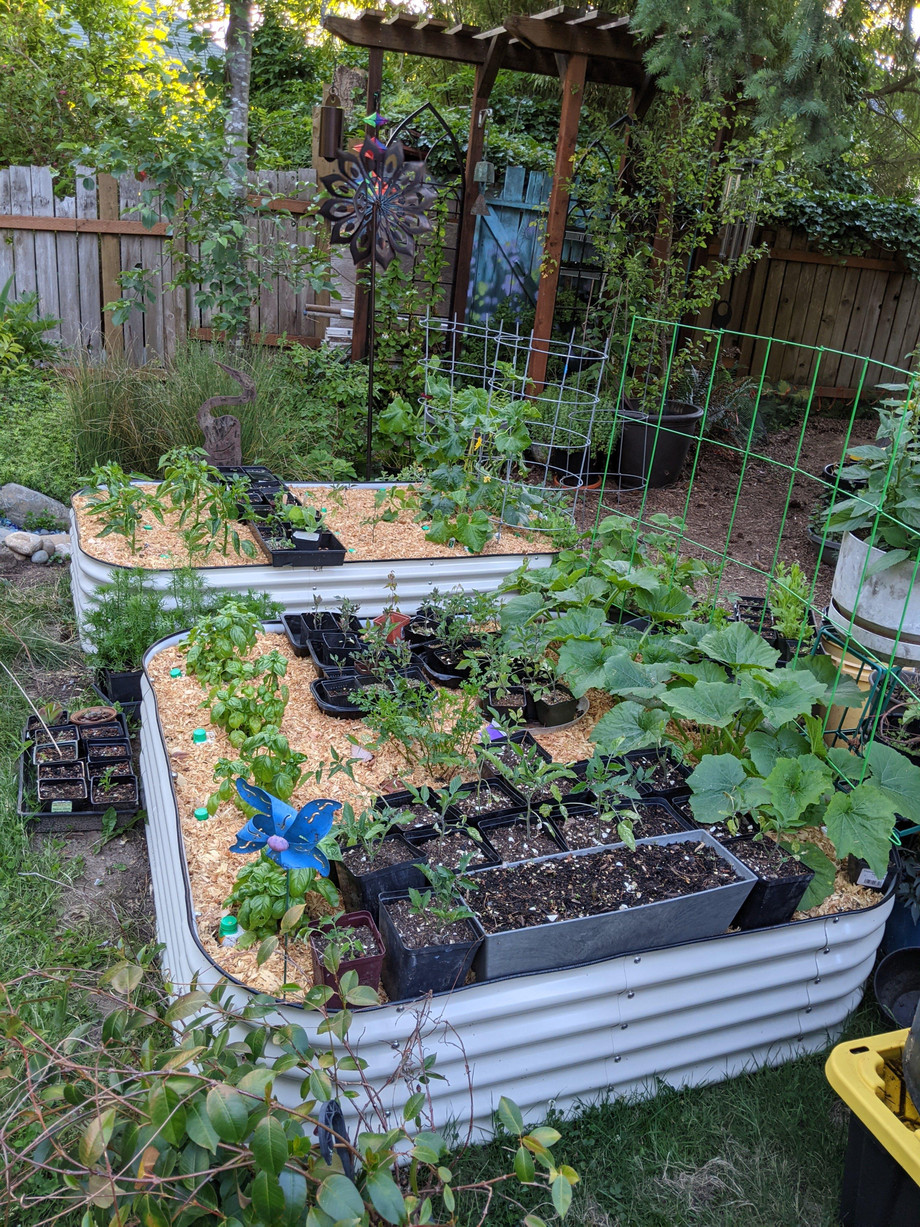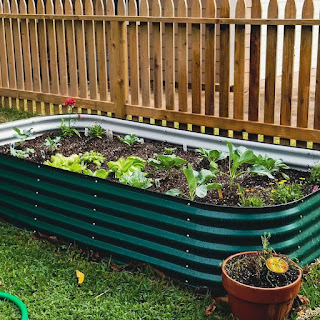Developing Raised Cultivating Beds
When planting in regions where water seepage is poor, raised cultivating beds end up being the most commonsense method of cultivating. Because of the less compaction of the dirt, raised nurseries can improve maintenance of dampness which assists the roots with growing better just as permit better waste. The gigantic advantage of raised nursery beds is its simple availability, including the tremendous advantage of simpler control of weeds. Having the option to plant prior in season is another colossal benefit with raised beds, it is a result of its hotter soil during the spring season.
Great arranging joined with the devices and materials is fundamental in building raised planting beds. You should be ready for some actual work too. Here are a few stages which you can follow to assemble your planting beds:
Stage 1
To start with, you need to choose where your raised nursery beds ought to be found. Plan ahead of time what kinds of plants you need to be in your nursery, their requirements for water, and their necessities of sun openness. As a rule, raised beds are for the most part inherent full sun or in regions that immediate morning daylight is gotten just as having some incomplete shades during the evening.
Stage 2
By utilizing stakes and twine, you mark the border of the raised bed. Put the stakes in the ground where you like the four corners of the nursery bed found. Layout the bed site by binds the twine starting with one stake then onto the next. Measure the elements of the bed site after you have your ideal design.
Stage 3
You need to kill the current grass and vegetation by covering your bed site with dark plastic or by covering it's anything but a thick layer of natural mulch. You should then have to work the dirt around six inches well to the cold earth.
Stage 4
Utilizing the estimations of your marked bed site, you presently can develop your edge. Fabricate the casing utilizing finishing blocks, blocks, stones, or any decay-safe woods like redwood. On the off chance that you are utilizing wood, cut it's anything but a roundabout saw ensuring that it fits your bed site's measurements. In the event that you choose to utilize arranging blocks, you can fabricate your edge by just stacking them in a staggered design.
Stage 5
The casing's tallness ought to be worked at any rate six inches and it ought to be under four feet wide. In the event that the raised cultivating bed is longer than six feet, Utilize excited nails or a link and attach the sides each four to six feet together.
Stage 6
At last, you would now be able to fill your raised cultivating beds with some dirt, blending one piece of fertilizer, peat greenery, or some natural matter with a piece of sand as well as perlite and 2 pieces of dirt.
For More Info:- modular raised garden beds


Comments
Post a Comment